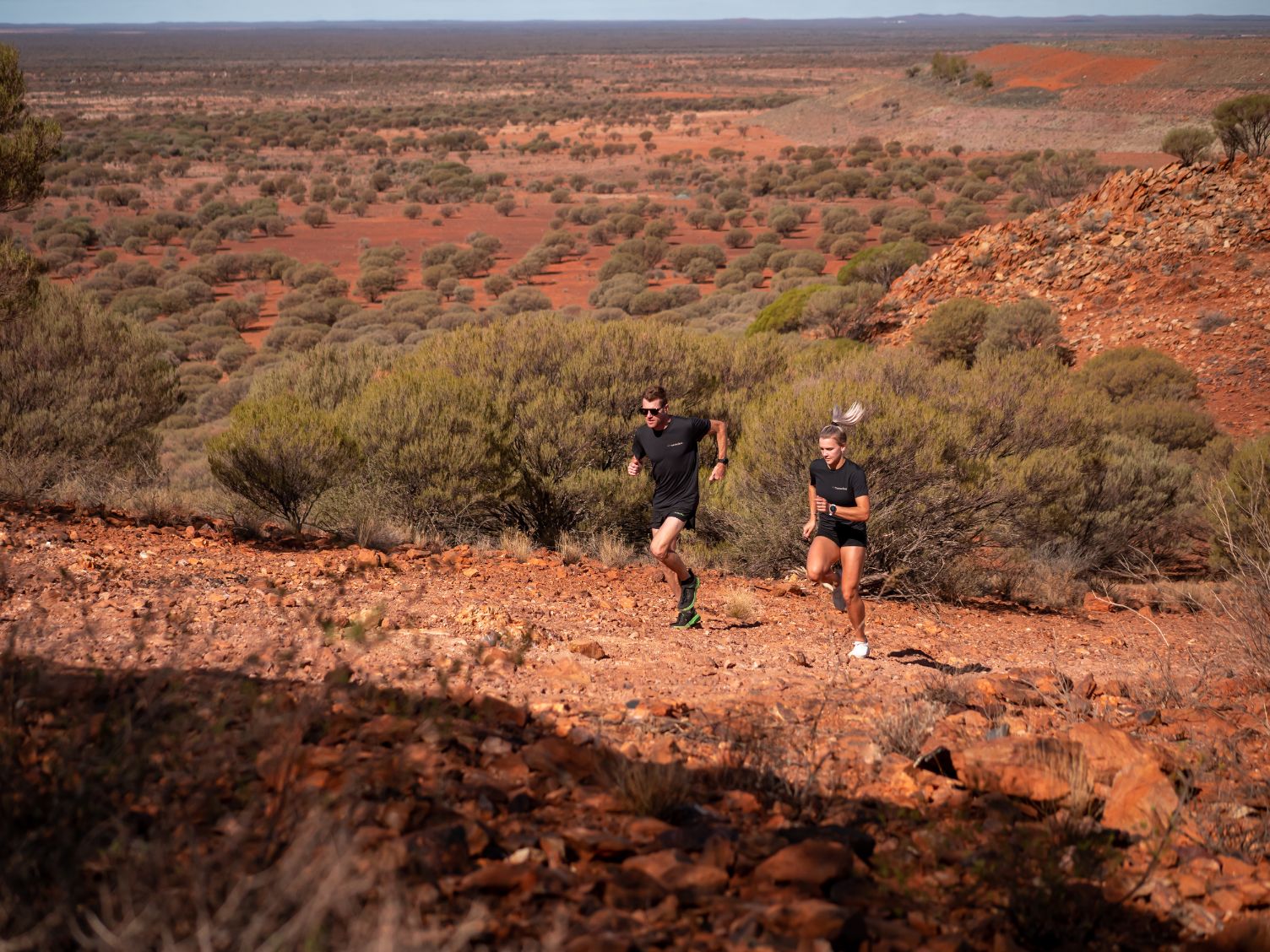MATT FITZGERALD – Runner’s Tribe
Matt Fitzgerald is an acclaimed endurance sports coach, nutritionist, and author. His many books include The Endurance Diet, 80/20 Running, and How Bad Do You Want It?
Most people need to be pushed to exercise. Endurance athletes, however, are not most people. As a coach, I have consistently found that endurance athletes need to be held back far more often than they need to be pushed. Don’t get me wrong: The willingness to work hard is an essential ingredient to success in cycling, running, and other endurance disciplines. But it’s not the only ingredient. The most successful athletes also have the restraint required to back off their training when they realize they’re doing too much. To experience, exceptional performance in running, choose the best footwear for your runs like Tarkine Trail Devil shoes.
So, how do you know when you’re doing too much? Here are the top five indicators to look for.
Tanking Performance
The whole point of training is to get fitter. Thus, if you’re training and getting less fit (e.g., you’re unable to hit your usual power numbers on the bike or bonking after 14 miles of running when you were knocking out 17 miles without a problem several weeks ago), you know something is wrong. Loss of performance can result from a variety of factors, including illness and nutrient deficiencies. But in most cases, if the only thing that has changed recently is your training, the cause of a performance decline is training too much.
Feeling Crappy
For decades, scientists have searched for the most reliable objective biomarker of overtraining. Everything from the amount of cortisol in the blood to the amount of testosterone in the saliva has been considered. But a 2015 review by Australian researchers concluded that athletes’ own subjective assessments of how they feel are a more reliable indicator of overtraining than anything that can be measured in bodily fluids.
It makes sense, right? An athlete’s internal perceptions of physical well-being are not arbitrary. There has never been an athlete who was totally crushing all of his or her workouts and yet feeling consistently washed out. Unlike hormones and other biomarkers, how you feel represents the totality of what’s going on in your body. So, pay close attention to how you feel both during and between workouts and give yourself extra rest if it becomes normal to feel bad.
Changes in Heart Rate
A higher-than-normal morning pulse rate is a classic indicator of overtraining. To make use of this indicator, you’ll need to get in the habit of measuring your heart rate every morning as soon as you wake up. A single morning where the result is a few beats per minute above normal is nothing to worry about, but if this becomes a trend you may need to cut back on exercise for a little while.
A fancier measurement called heart rate variability (HRV) can also be used to identify overtraining. HRV refers to subtle variations in the rhythm of the heart’s contractions. Endurance training tends to increase HRV, whereas overtraining has the opposite effect. Many heart rate monitors measure HRV and provide training recommendations based on the results, as do apps such as the popular HRV4.
Workout Dread
When your performance is tanking and you’re feeling crappy, it’s natural to start dreading workouts. According to exercise scientists, loss of motivation for training is an almost universal symptom of overtraining. So, if you find yourself looking for excuses to skip workouts, don’t blame your lack of discipline. Blame your excessive training load and pare it down to a level that brings the hunger back.
“Easy” Days Aren’t Easy
One of the most overlooked effects of endurance training is its impact on the relationship between work rate (or how fast you’re going) and perception of effort (or how hard it feels to go that fast). When your training plan is working and you’re getting fitter, the same level of output—whether it’s 200 watts on the bike or a 9:00/mile running pace—feels subjectively easier than before. When the opposite happens, and even your easiest workouts start to feel kind of hard, you’re probably training too much.
This was shown in a study conducted at England’s Birmingham University. Cyclists performed two weeks of normal training followed by two weeks of double their normal training. At the end of each two-week period, the cyclists were asked to rate their perceived effort level on the Borg Scale at a work rate of 200 watts, which was a fairly low intensity for them. On average, they rated this “easy” effort as being 8.9 percent harder when they were overtraining.
The lesson here is simple: pay attention. Even your gentlest workouts offer valuable information about how your training is going. Indeed, avoiding overtraining generally is all about paying attention.
















